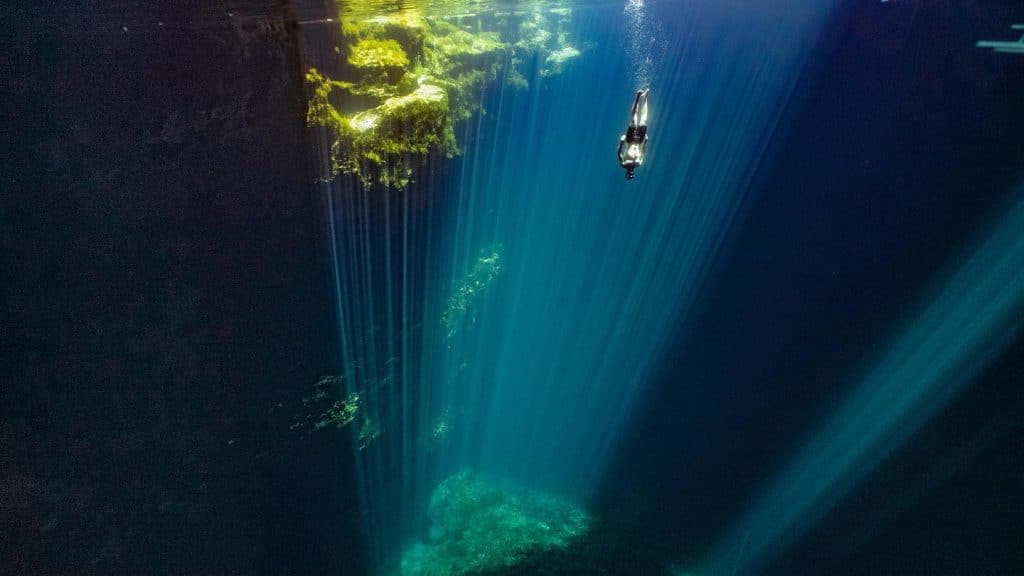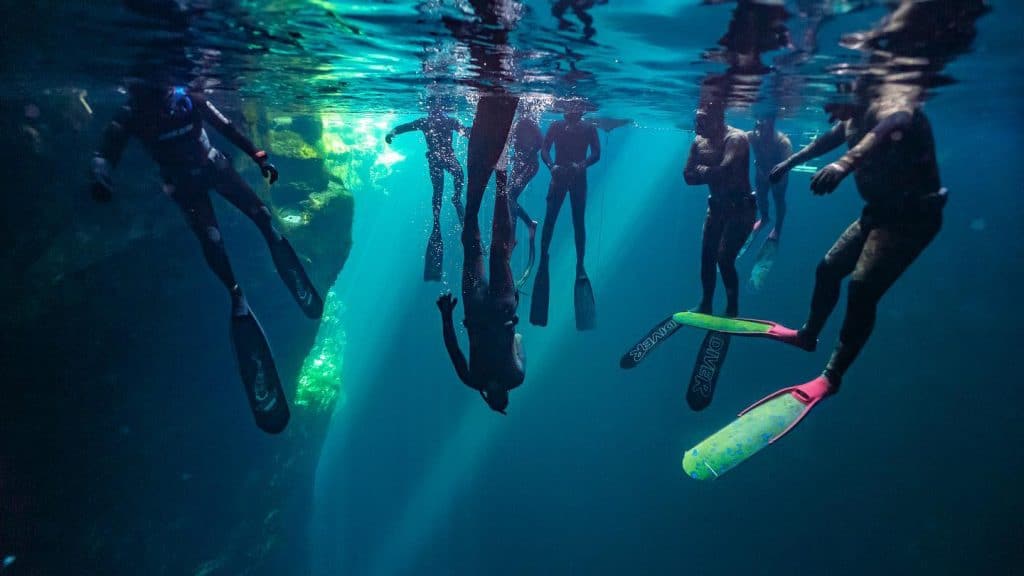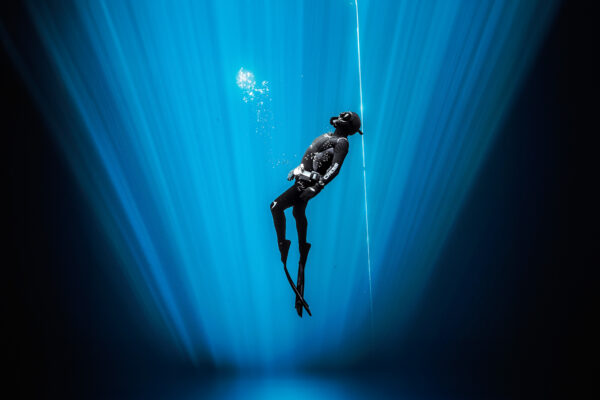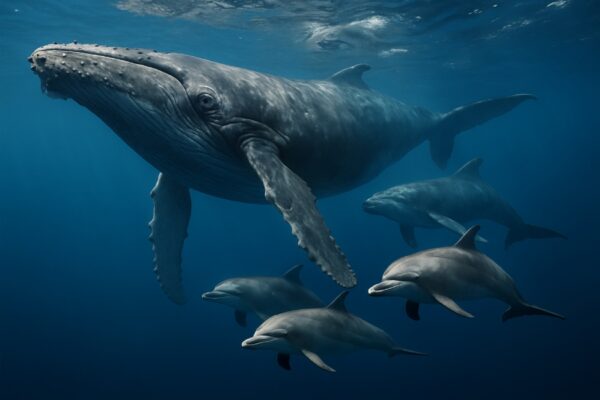
Once you get to PADI Master Freediver level as a part of the PADI Freediving program, students are required to complete an assignment as part of the completion of the course. So, I thought I’d share an assignment on some of the origins of freediving…
What is freediving?
Freediving, free-diving, free diving, breath-hold diving, or skin diving is a form of underwater diving that relies on breath-holding until resurfacing rather than the use of breathing apparatus such as scuba gear.
Besides the limits of the breath-hold, immersion in-water and exposure to high ambient pressure also have physiological effects that limit the depths and duration possible in freediving.
Examples of freediving activities are:
- traditional fishing techniques
- competitive and non-competitive freediving
- competitive and non-competitive spearfishing
- freediving photography
- synchronised swimming
- underwater football
- underwater rugby
- underwater hockey
- underwater target shooting
- and snorkeling.
There are also a range of “competitive apnea” disciplines; in which competitors attempt to attain great depths, times, or distances on a single breath.
In history…
Historically, the term free diving was also used to refer to scuba diving, due to the freedom of movement compared with surface supplied diving.
Freediving without the aid of mechanical devices was the only possibility in ancient times (with the exception of the occasional use of reeds and leather breathing bladders.) The divers faced the same problems as divers today, such as decompression sickness and blacking out during a breath hold. Freediving was practiced in ancient cultures to gather food, harvest resources such as sponge and pearl, reclaim sunken valuables, and to help aid military campaigns.
In ancient Greece, both Plato and Homer mention the sponge as being used for bathing. The island of Kalymnos was a main centre of diving for sponges. By using weights (skandalopetra) of as much as 15 kilograms (33 lb) to speed the descent, breath-holding divers would descend to depths up to 30 metres (98 ft) to collect sponges. Harvesting of red coral was also done by divers.
The Mediterranean had large amounts of maritime trade. As a result of shipwrecks, particularly in the fierce winter storms, freedivers were often hired to salvage whatever they could from the seabed. Divers would swim down to the wreck and choose the most valuable pieces to salvage.
Freedivers were also used in warfare. Defenses against sea vessels were often created, such as underwater barricades, and hence divers were often used to scout out the seabed when ships were approaching an enemy harbor. If barricades were found, it was divers who were used to disassemble them, if possible. During the Peloponnesian War, divers were used to get past enemy blockades to relay messages as well as supplies to allies or troops that were cut off, and in 332 BC, during the Siege of Tyre, the city used divers to cut the anchor cables of Alexander’s attacking ships.
In Japan about 2,000 years ago, ama divers began to collect pearls. For thousands of years, most seawater pearls were retrieved by divers working in the Indian Ocean, in areas such as the Persian Gulf, the Red Sea, and in the Gulf of Mannar (between Sri Lanka and India). A fragment of Isidore of Charax’s Parthian itinerary was preserved in Athenaeus’ 3rd-century Sophists at Dinner, recording freediving for pearls around an island in the Persian Gulf.
Pearl divers near the Philippines were also successful at harvesting large pearls, especially in the Sulu Archipelago. At times, the largest pearls belonged by law to the sultan, and selling them could result in the death penalty for the seller. Nonetheless, many pearls made it out of the archipelago by stealth, ending up in the possession of the wealthiest families in Europe. Pearling was popular in Qatar, Bahrain, Japan, and India. The Gulf of Mexico was also known for pearling. Native Americans harvested freshwater pearls from lakes and rivers like the Ohio, Tennessee, and Mississippi, while others dived for marine pearls from the Caribbean and waters along the coasts of Central and South America.
In 1940, Dottie Frazier pioneered freediving for women in the United States and also began teaching classes. It was also during this time that she began to design and sell rubber suits for Navy UDT divers.
Physiological differences
Humans developed webbing between our fingers which our primate cousins do not possess. We developed downward facing noses, giving us the ability to submerge under water, and an insulating layer of fat under the skin. Not to mention the strength of the Mammalian Dive Reflex (MDR), which we also share with whales, dolphins, seals and other marine mammals. When activated, the MDR enhances our freediving capabilities to where humans have now reached up to 130 metre depths self propelled on one breath.
Join the freediving world
If you are keen to jump on a PADI Freediving course or Freediving retreat contact us now.



